Winter is coming. Is your roof up for it?
The last good days before the winter season are the ideal moment to check the condition of your roof. Like an annual visit to the doctor, a roof inspection helps you to detect problems at an early stage so that you can treat them before they become serious. Cedral gives you expert advice on how to inspect your roof.
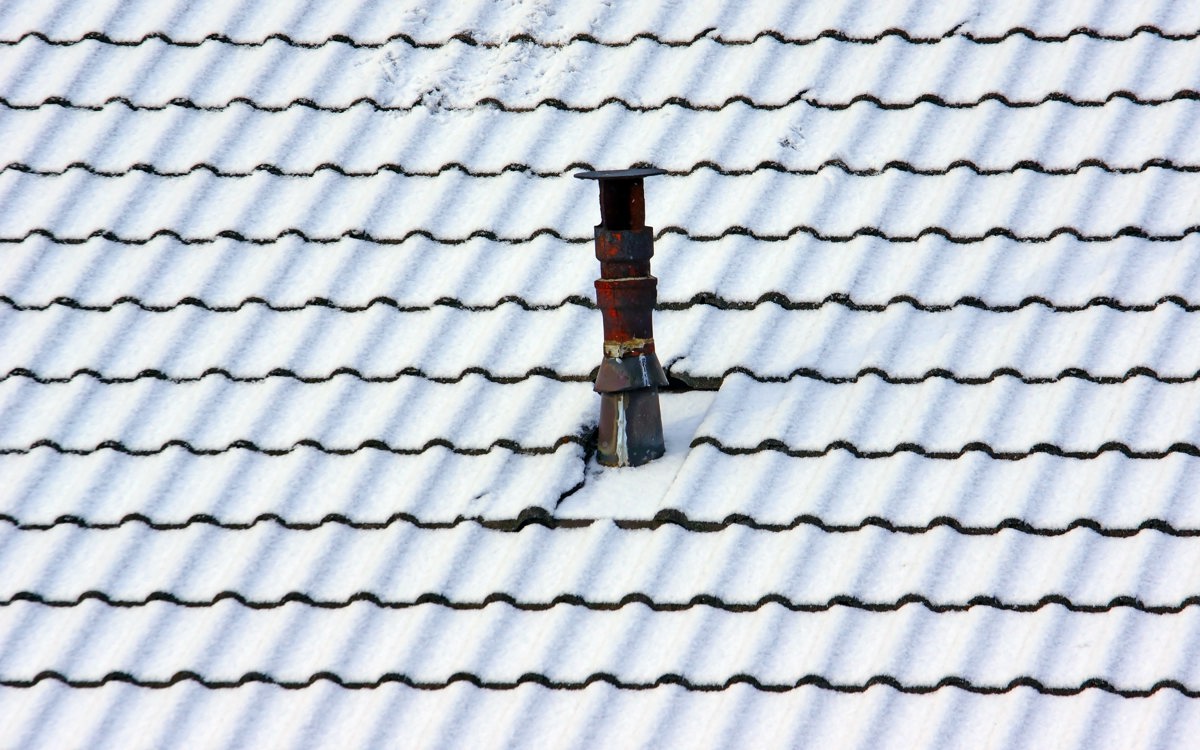
Roofs are alive, treat them well
When checking your roof, keep in mind that a roof evolves over time. It is exposed to the elements: strong winds, heat waves and heavy rains cause wear and tear. Sometimes animals try to find their way in under the slates. And elements might have been added to the original construction e.g. a chimney, an antenna, a roof window...
The older the roof, the more care it needs. Cedral recommends that roofs older than 30 should be inspected on a regular basis (at least once a year). If you don’t know how old your roof is, check your acquisition documents or ask the neighbours.
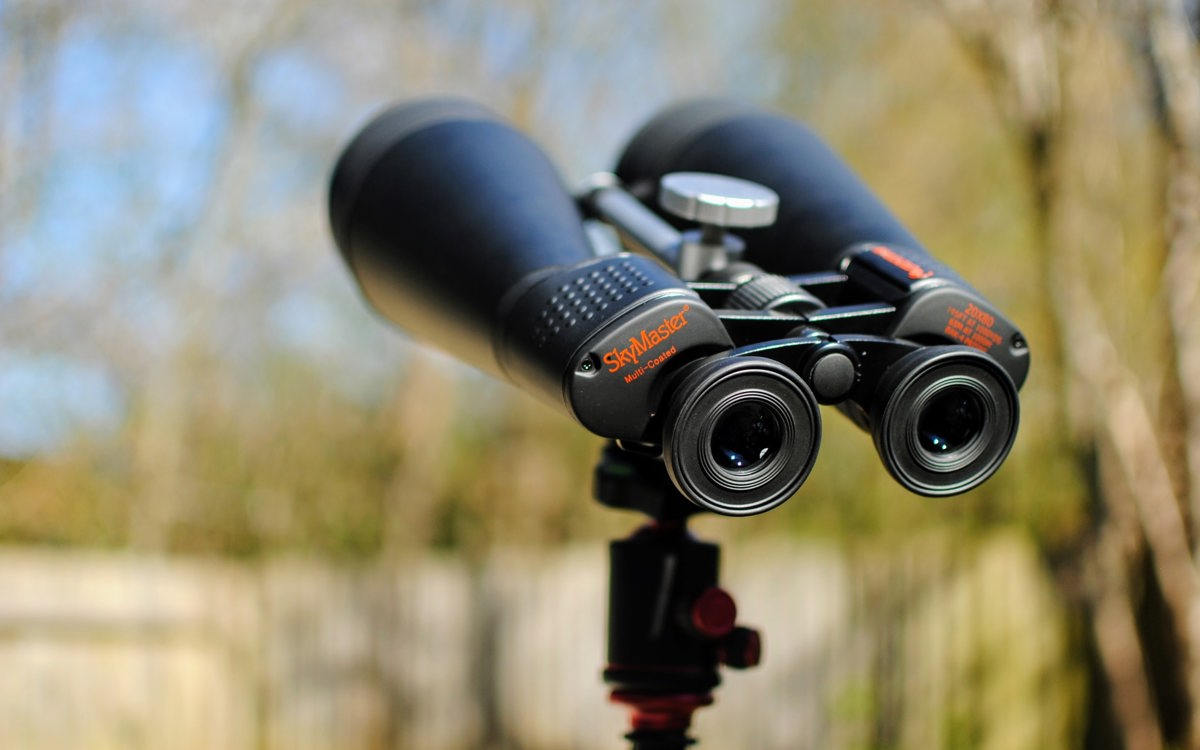
Safety first
As roofs are usually high above ground level, we urge you not to climb on the roof for a closer inspection. However, with a pair of binoculars, you can analyse the details of your roof from a safe distance. If you can access the roof’s substructure, also assess the condition of your roof from the inside. If a closer look into potential problems is needed, call a professional.
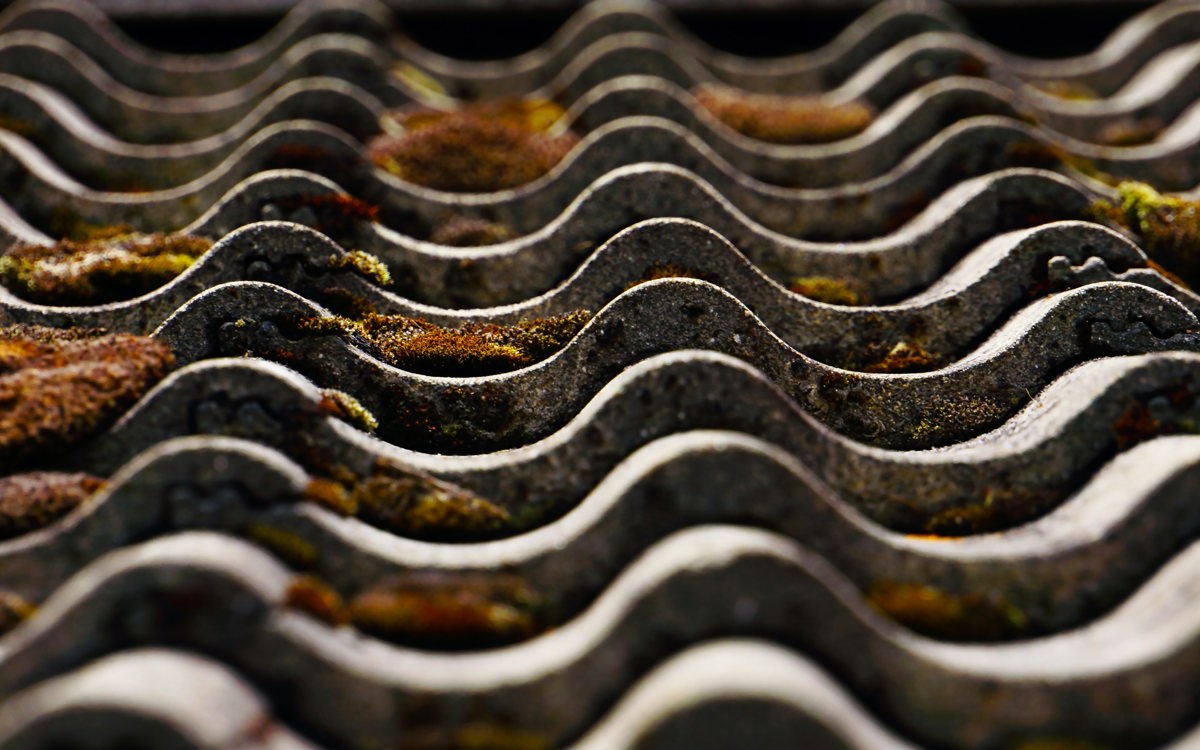
What to look for when inspecting your roof
From the outside
- Look for any colour changes or presence of moss on your roof. These are signs of aging.
- Check the roof for visible damages that might need repairing, especially around chimneys or other fixtures (e.g. antenna, solar panels,…).
- Look for any traces of humidity on the top of your walls. If yes, check the welding and junctions of the gutters and pipes, or whether the gutters are clogged.
- Check if the fascia boards are well secured, as they are exposed to strong winds.
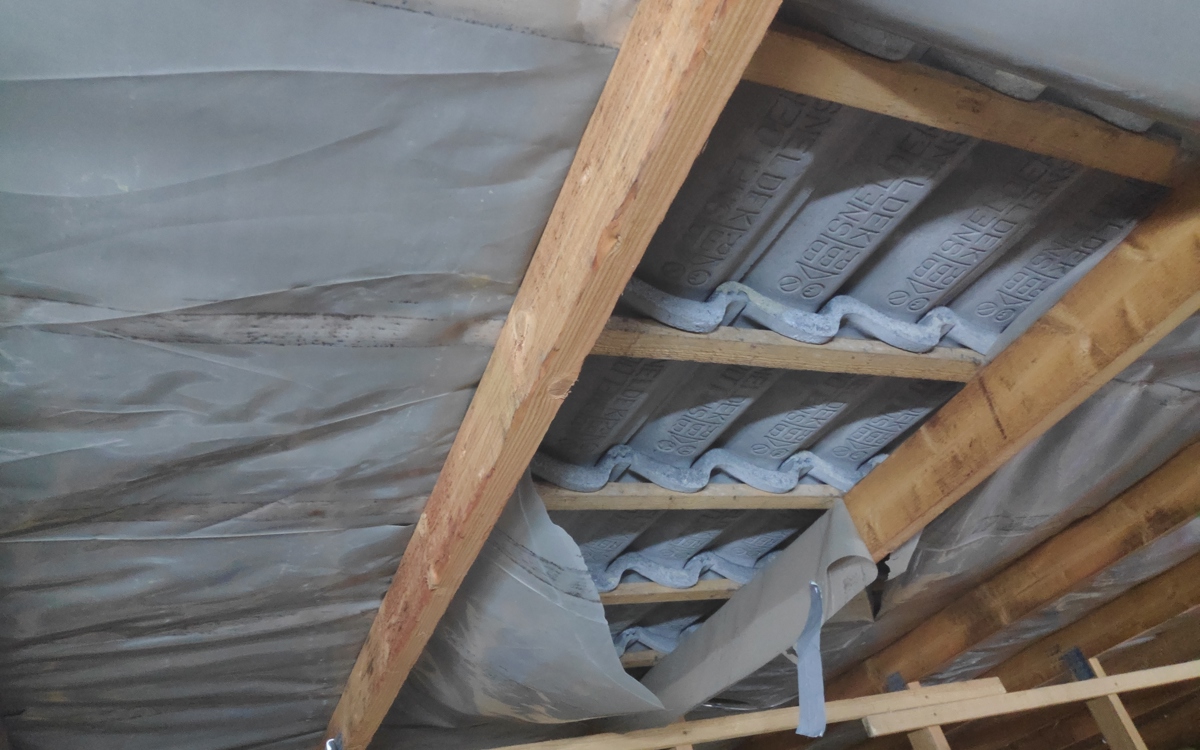
From the inside
- Inspect your under-roof for any damages. The underroof protects the structure of your roof and keeps water out.
- If you can see the tiles, look for traces of humidity around the edge. Your tiles might have moved and are not watertight anymore.
- Look for dried puddles on the ground, especially under valleys, ridges and added fixtures (e.g. satellite dish). These can be caused by leaks. Verify again during heavy rains.
- Check for dust of eroded material on the ground. As they age, terracotta tiles may become porous and friable.
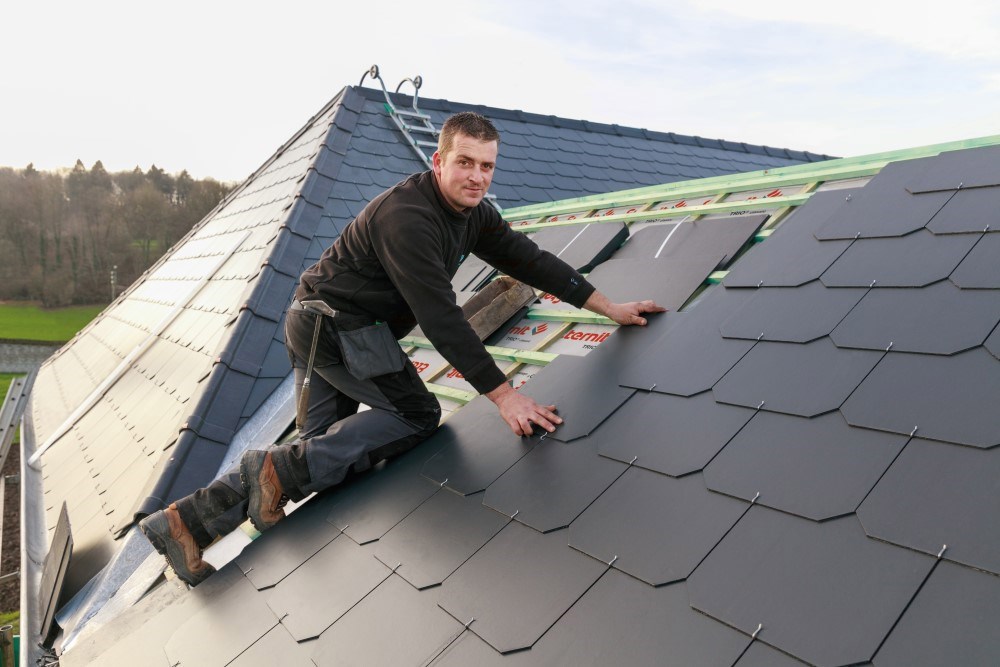
Get expert advice
If you have spotted indications of leaks, you better fix your roof as soon as possible to protect your home during the wet winter months, and before the damages become more serious. The signs of aging also need your attention. A roof specialist can tell you how urgent it is to renovate or replace your roof. Plan ahead, as Spring and Summer are the best periods for roof works, considering the weather conditions.
This is how you keep your roof healthy
Inspect your home’s roof at least once a year, ideally before winter or in spring. Don’t climb on the roof, but inspect it visually with some binoculars from the outside, and check the under-roof from the inside (if possible). The condition of the under-roof, the flashings and the gutters is a good indicator of the overall health condition of your roof. If your roof is in need of maintenance or renovation, contact a professional roofer.